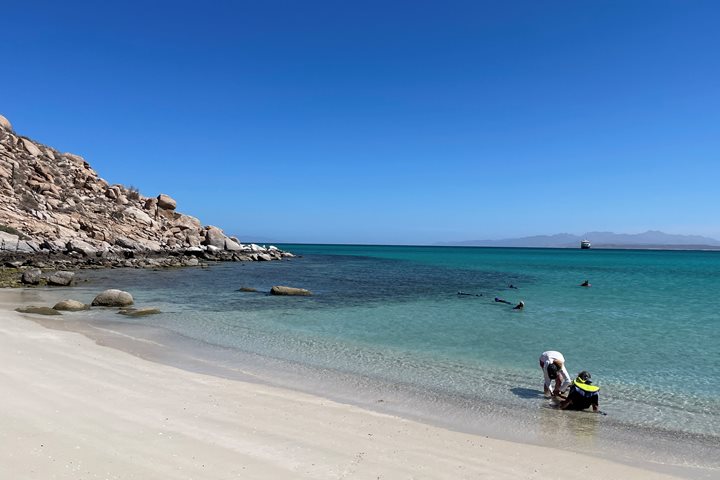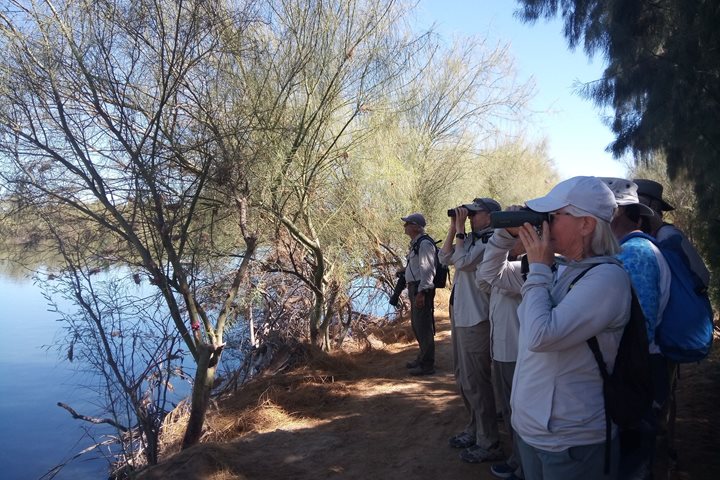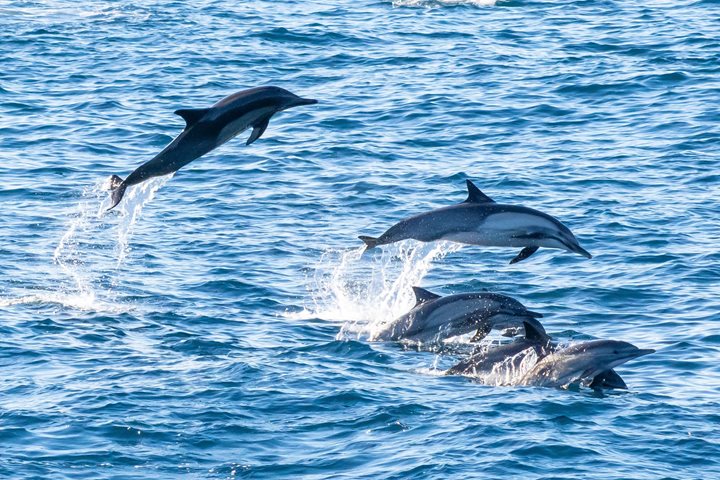Today we started exploring the beautiful San Marcos Island, located fairly close to the peninsula. San Marcos is one of the few islands in the Sea of Cortez with a resident human population. Yes, there is a gypsum mine near its southern end and a small company town of less than five hundred people live there. However, today we concentrated in the wilder part of the island and divided to explore its shoreline using our expedition landing craft and to hiking its desert arroyos. Those that decided to do the first enjoyed some nice views of some of the bird species that make a living out of the sea, including brown pelicans, Hermann’s gulls and even a belted kingfisher. Meanwhile the hikers had the chance to admire up-close and personal many of the desert plants including the desert lavender, the old-man cactus and the copal tree and enjoyed the rare privilege of listening to the absolute stillness and quietness of the desert.
Once we all came back on board for lunch, the National Geographic Sea Lion made her way to the town of Santa Rosalía, just a few miles to the northwest. We entered the century-old harbor and went ashore to explore Santa Rosalía, founded in 1888 as a company town by the French “El Boleo” copper mine. The mine operated for 54 years using the top technology at the time, most importantly electricity. Several generators provided energy for drilling, pumping, pulling and pretty much everything else, making El Boleo a very efficient operation. Today there is still plenty of evidence of those times and we explored the old part of town where the workers and the French managers lived; we walked uphill to the veranda of the gorgeous Hotel Francés for some refreshing beer, margaritas and guacamole, making the perfect ending of a very interesting day.







